💪 Support independent web, support us:
There are great many things to do in Greece, and so are in Ancient Olympia.
Step back in time to a land of legends and heroes, where the spirit of athleticism and human triumph lives on.
Experience the birthplace of the Olympic Games and explore the ancient ruins of Olympia, where history comes alive and grandeur awaits at every turn.
Without further ado listed below are some of the most fun things to do in Ancient Olympia:
1. Temple of Zeus
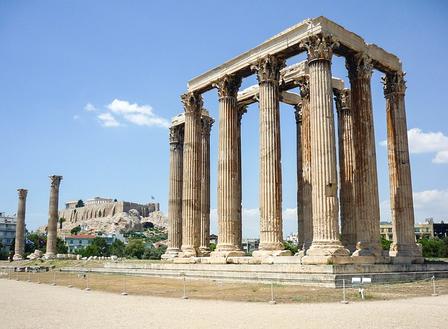
The Temple of Zeus is an ancient temple located in the sacred precinct of Altis, in Ancient Olympia, Greece. It was dedicated to Zeus, the king of the gods in Greek mythology.
What to see or do: Visitors can see the ruins of the temple, including its walls, columns, and pediments.
The temple was one of the largest in Greece, and its architectural style influenced many other temples in the ancient world.
The temple contained a giant statue of Zeus, made of ivory and gold, which was one of the Seven Wonders of the Ancient World.
Don’t miss: Be sure to take a close look at the intricate carvings on the pediments of the temple. These depict scenes from ancient Greek mythology, and are some of the finest examples of ancient Greek art in existence.
Insider travel tips: – The site can get very busy during peak hours, so it’s best to visit early in the morning or later in the afternoon to avoid crowds.
2. Ancient Stadium
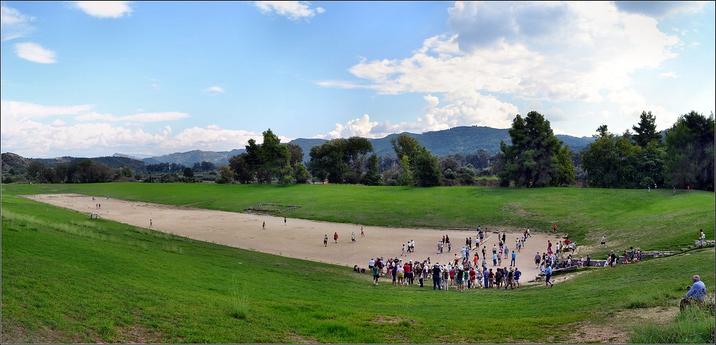
The Ancient Stadium is a historic sporting arena located in the ancient Greek city of Olympia.
What to see or do: Visitors can explore the well-preserved stadium and imagine the ancient Olympic games that took place there over 2,000 years ago. The track and field events were held here, including running, jumping, and throwing competitions.
Don’t miss: Don’t miss the starting line, marked by two stone posts. Imagine the athletes lining up on this spot before the starting signal was given.
Also, be sure to climb the embankments to get a panoramic view of the arena.
Insider travel tips: Plan your visit early in the morning to avoid the crowds and the heat of the day.
3. Archaeological Museum of Olympia
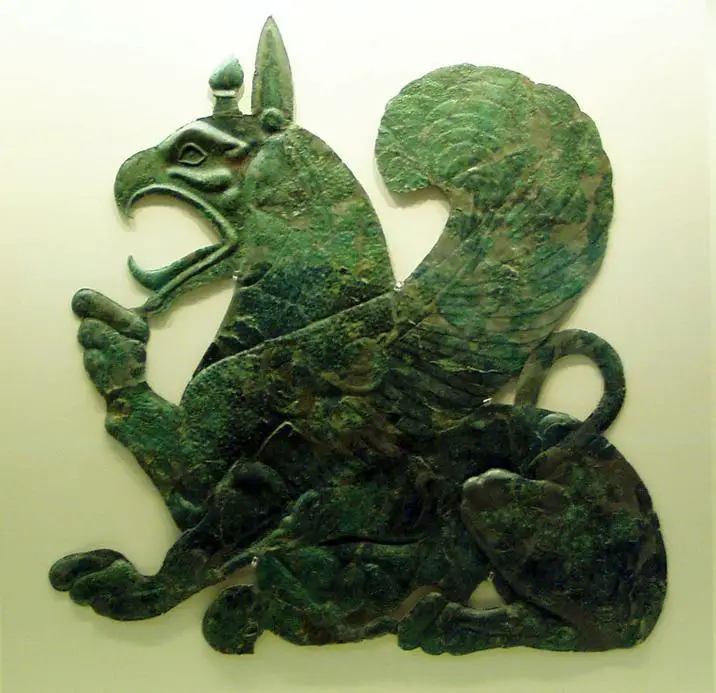
The Archaeological Museum of Olympia is a museum located in the town of Ancient Olympia in Greece. It showcases a fascinating collection of ancient artifacts and sculptures.
What to see or do: – Admire the famous statue of Hermes of Praxiteles, one of the museum’s many highlights.
Don’t miss: Make sure to see the Nike of Paionios, a stunning statue of the goddess Nike that was originally part of a temple in Olympia.
Insider travel tips: – Plan to spend at least 2 hours in the museum to fully appreciate all the exhibits.
4. Heraion of Olympia
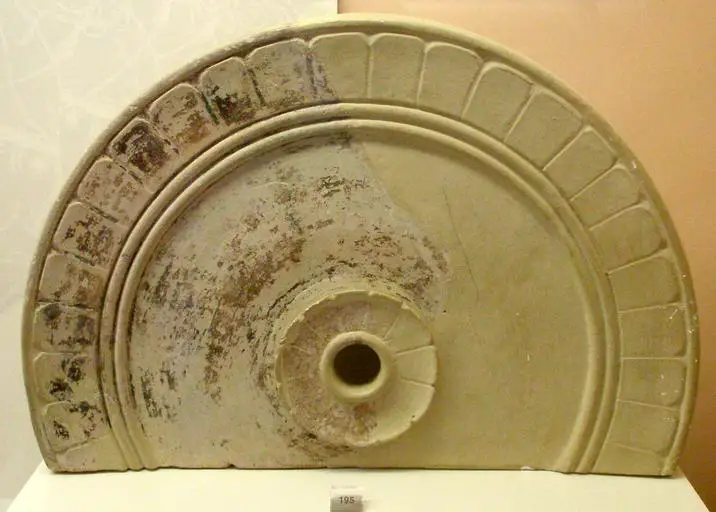
The Heraion of Olympia was a ancient temple dedicated to the goddess Hera, situated in the sanctuary of Olympia in Greece.
What to see or do: Visitors can explore the ruins of the temple, including the limestone columns and ancient altar. The nearby museum showcases artifacts discovered in the area, including votive offerings and sculptures.
Don’t miss: Don’t miss the opportunity to see the breathtaking statue of Hermes carrying the infant Dionysus, which was discovered on the site and is now held in the archaeological museum.
Insider travel tips: Arrive early in the morning to avoid the crowds and the heat of the day. Wear comfortable shoes for walking on uneven terrain.
Consider hiring a guide to fully appreciate the historical significance of the site.
5. Philippeion
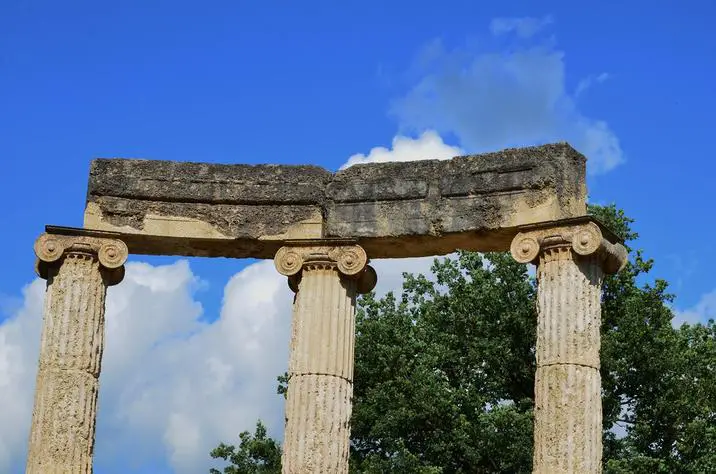
a circular memorial built in honor of the victory of Philip II of Macedon in 338 BC.
What to see or do: Admire the impressive architecture of the monument, which features Doric columns and sculpted decorations. Take in the serene atmosphere of the surrounding Altis, the sacred grove of Olympia.
Don’t miss: The exquisite carvings on the exterior of the Philippeion, depicting scenes from Greek mythology and military triumphs.
Insider travel tips: Avoid visiting during the peak summer months, as the site can be crowded and hot. Instead, consider coming in the shoulder season for more comfortable temperatures and fewer crowds.
Make sure to wear comfortable shoes for walking on uneven terrain.
6. Palaestra
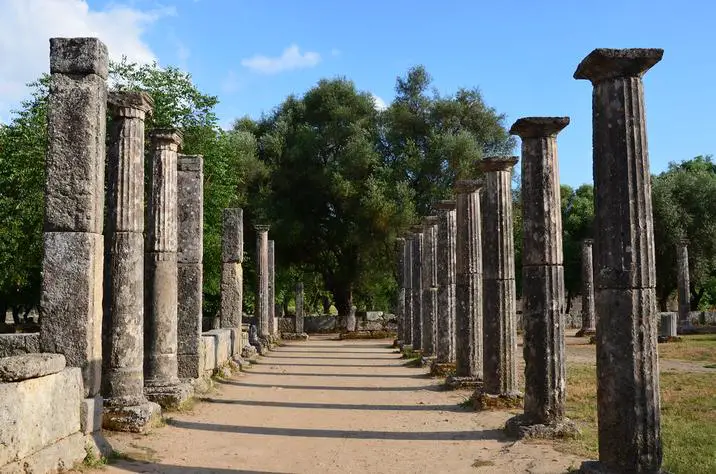
Palaestra is an ancient Greek wrestling school located in the sanctuary of Olympia.
What to see or do: Explore the ruins of Palaestra which includes the central yard and the surrounding porticos. The site also features a large swimming pool and changing rooms.
Don’t miss: Make sure to visit the small museum within Palaestra that houses some of the most valuable and unique artifacts of the ancient Olympic Games, such as votive offerings, pottery, and bronze statues.
Insider travel tips: – Wear comfortable shoes as the site requires a lot of walking.
7. Leonidaion
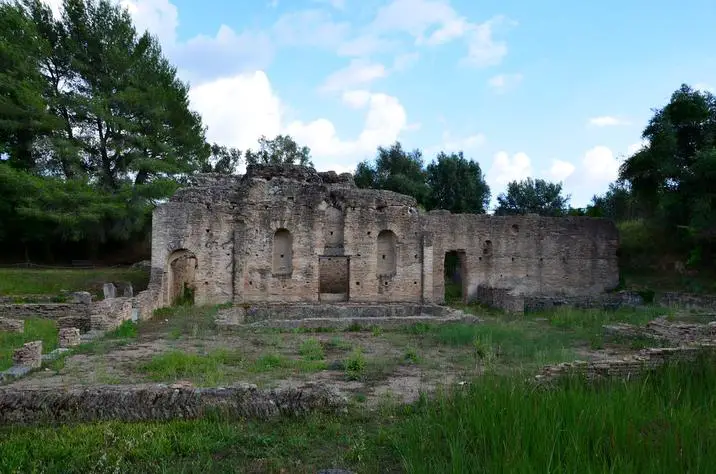
What to see or do: Explore the ruins of the hotel and imagine the daily life of ancient athletes preparing for the Olympic Games. Admire the intricate architectural details of the building and the surrounding archaeological site.
Don’t miss: The central courtyard of the Leonidaion, which served as the gathering place for athletes, coaches, and spectators during the ancient Olympic Games.
Also, check out the rooms where famous athletes stayed during their preparation for the Games.
Insider travel tips: Visit early in the morning or late in the afternoon to avoid the crowds and have a more peaceful experience exploring the site.
Wear comfortable shoes, as there is a lot of walking involved. Consider hiring a local tour guide to learn even more about the fascinating history of the Leonidaion and ancient Olympia.
8. Echo Stoa
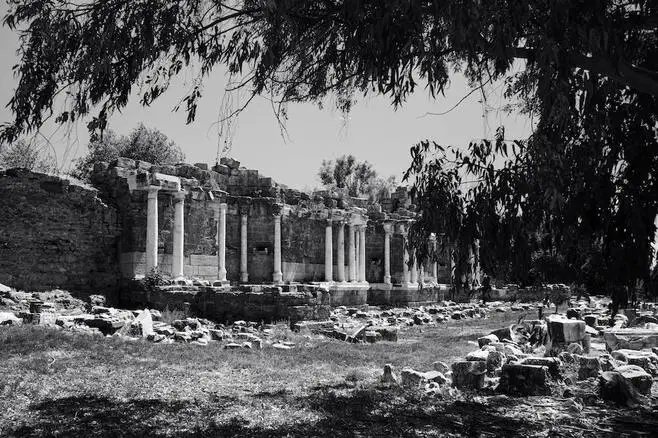
Echo Stoa, also known as the Stoa of Echo, is a long and narrow building located in the ancient ruins of Olympia, Greece.
What to see or do: Visitors can walk through the Echo Stoa and experience the impressive acoustic properties of the building.
The stoa is over 110 meters long and features 21 semi-circular niches, which were most likely used for displaying statues or other artwork during ancient times.
Don’t miss: The unique sound reflections that the Echo Stoa is famous for.
When visiting, be sure to clap your hands or make a noise to experience the impressive echoes that reverberate throughout the building.
Insider travel tips: To enhance your experience, visit the Echo Stoa early in the morning or later in the day when there are fewer tourists.
Also, be sure to wear comfortable shoes as the ancient ruins can be uneven and rocky.
9. Prytaneion
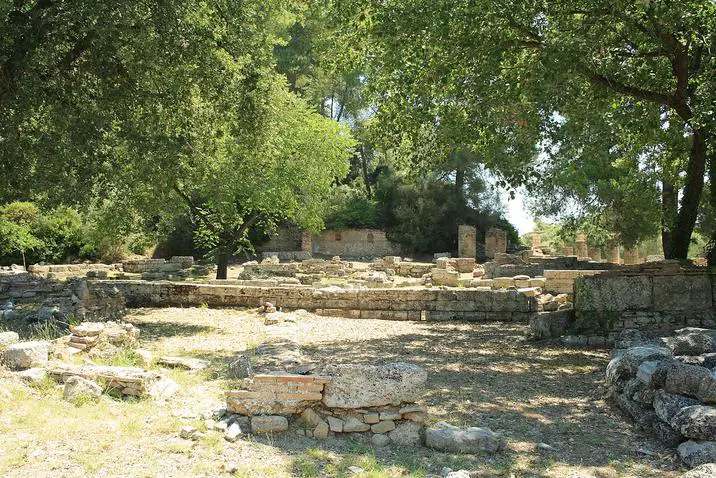
The Prytaneion was a public building in Ancient Olympia where official guests and athletes from the Olympic Games were received and feasted.
What to see or do: Visit the ruins of the Prytaneion and admire the impressive architecture. Go inside the well-preserved building and explore the layout of the Prytaneion.
Don’t miss: Don’t miss the opportunity to learn about the history behind the building, including important events that took place there. Look out for the hearth in the center of the building that was kept perpetually lit.
Insider travel tips: Visit early in the morning or towards sunset for the best views and a less crowded experience. Wear comfortable shoes as the ground can be uneven.
Take a guided tour to get the most out of your visit and to learn about the Prytaneion.
10. Bouleuterion
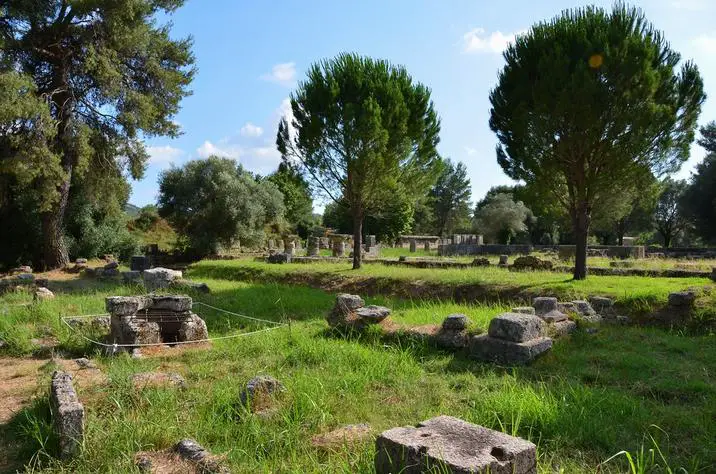
Bouleuterion, also known as Prytaneion, was the council house of Ancient Olympia.
What to see or do: Visitors can see the remains of the stone structure that was built in the 5th century BC. The walls and seating area can be seen, where the council of Olympia used to convene.
Don’t miss: The beautiful mosaic floor that was discovered during the excavation in the 19th century.
Insider travel tips: Make sure to visit early in the day or later in the afternoon to avoid the crowds. A guided tour is recommended to fully understand the historical significance of the Bouleuterion.
11. Nymphaeum
The Nymphaeum is an ancient monument located in the archaeological site of Olympia, Greece.
What to see or do: Visitors can explore the remains of the grand fountain and marvel at the intricate carvings and ornate decorations.
Don’t miss: Don’t miss the opportunity to take a photo in front of the impressive waterfalls that once flowed from this structure.
Insider travel tips: Be sure to wear comfortable walking shoes as the site is quite large and requires a fair bit of walking.
Also, consider visiting in the early morning or late afternoon to avoid the crowds and the heat of the midday sun.
12. Workshop of Pheidias
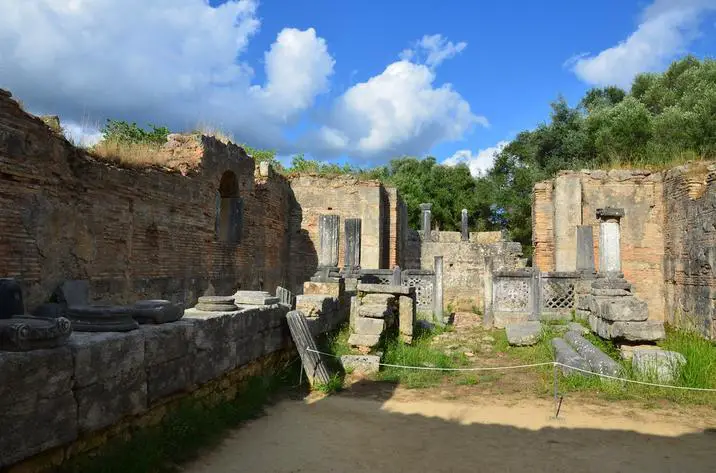
Workshop of Pheidias, an ancient workshop dedicated to the famous Greek sculptor Pheidias in Ancient Olympia.
What to see or do: Discover the birthplace of immense masterpieces, such as the chryselephantine statue of Zeus, one of the Seven Wonders of the Ancient World.
Admire the ruins of the workshop, including the base of the colossal Athena statue and the temple where the statue was housed.
Don’t miss: The onsite museum, where you can marvel at sculptures, carvings, and other artifacts from the ancient Olympic Games and Pheidias’ workshop.
Insider travel tips: Go early in the morning to avoid the crowds and the heat. Consider hiring a guide to provide historical context and insights about the site.
Don’t forget to bring plenty of water, sunscreen, and comfortable shoes for walking on rocky terrain.
13. Crypt
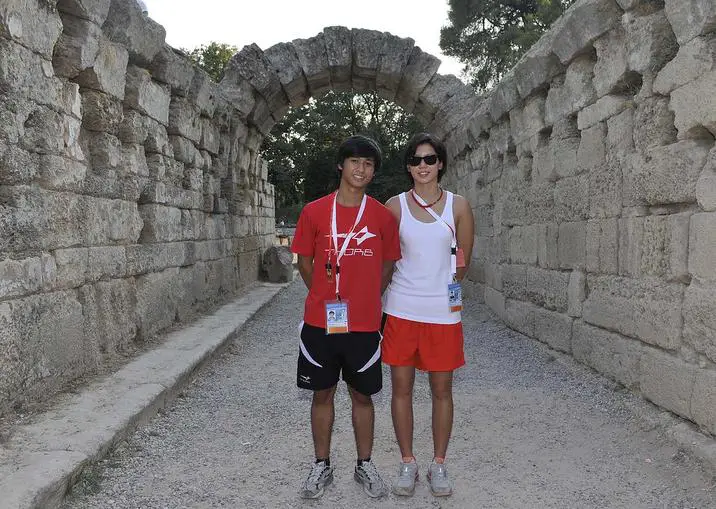
Crypt located beneath the Archaeological Museum of Ancient Olympia, Greece.
What to see or do: Explore the underground crypt to observe the ancient water supply system of Olympia.
Visitors can see the stone walls that transported water from the nearby spring and learn about the innovative hydrological engineering methods used by the ancient Greeks.
Don’t miss: The opportunity to see ancient inscriptions on the walls of the crypt that reveal information about the ancient water management techniques.
Insider travel tips: It is recommended to take a guided tour or visit with a knowledgeable local guide who can provide more information about the history and significance of the crypt and the surrounding archaeological site.
Additionally, visiting during the offseason or early in the morning can help you avoid crowds and enhance the overall experience.
14. Theokoleon
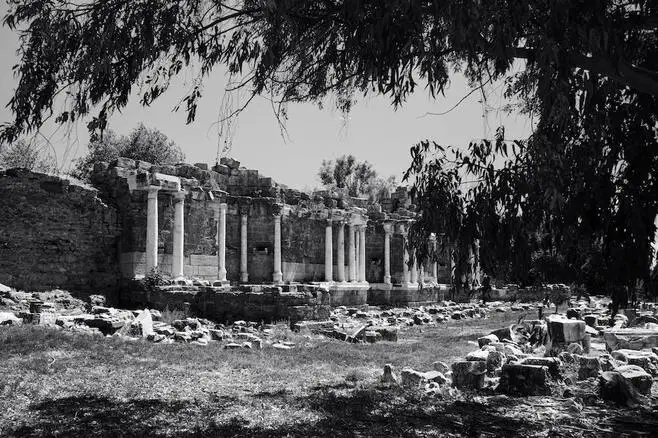
The Theokoleon was a building in Ancient Olympia that served as a temple and residence for the priests who managed the Olympic Games.
What to see or do: Visitors can see the ruins of the Theokoleon, including the remains of its columns, walls, and rooms.
The layout of the building is still clearly visible, giving visitors a sense of what life was like for the priests who lived and worked there.
Don’t miss: Be sure to see the altar and the sacred well, which are still located inside the ruins of the Theokoleon.
These were used during ancient ceremonies and events and give visitors a glimpse into the religious practices of the ancient Greeks.
Insider travel tips: – Visit early in the morning or late in the day to avoid crowds and enjoy the peaceful surroundings.
15. Gymnasion
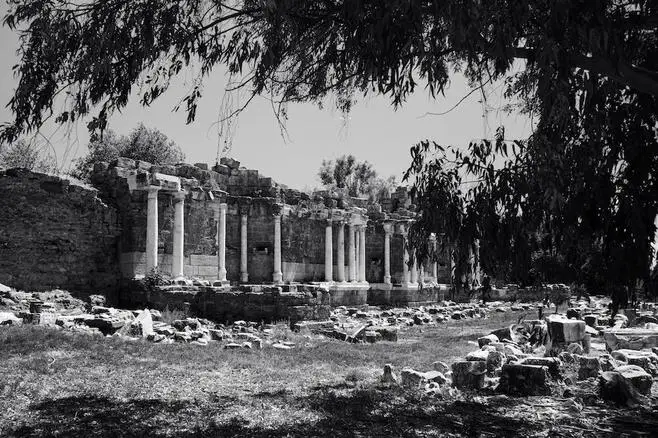
Gymnasion is an ancient Greek training facility located in Olympia.
What to see or do: Tourists can visit the Gymnasion and explore the remains of the ancient training ground where athletes from all over Greece came to perfect their skills.
The complex includes a large courtyard, a bathing area, and various rooms used for education and training.
Don’t miss: Don’t miss the Palaestra, which was a wrestling school adjacent to the Gymnasion. The facility was used to train athletes and also served as a social hub for the local community.
Insider travel tips: – The Gymnasion is within walking distance from the Temple of Zeus in Olympia.
💪 Support independent web, support us: